The legendary Carisbrooke Castle has been the center of power and defense on the Isle of Wight for over 1000 years. The Saxon fortress, which was eventually conquered by the Normans, underwent significant reconstruction during the Middle Ages and the reign of Elizabeth I. Its most famous occupant was Charles I, who was imprisoned here during the English Civil War shortly before his execution. Since then, Carisbrooke Castle has remained a symbolic center of the island, notably serving as the residence of its governor.
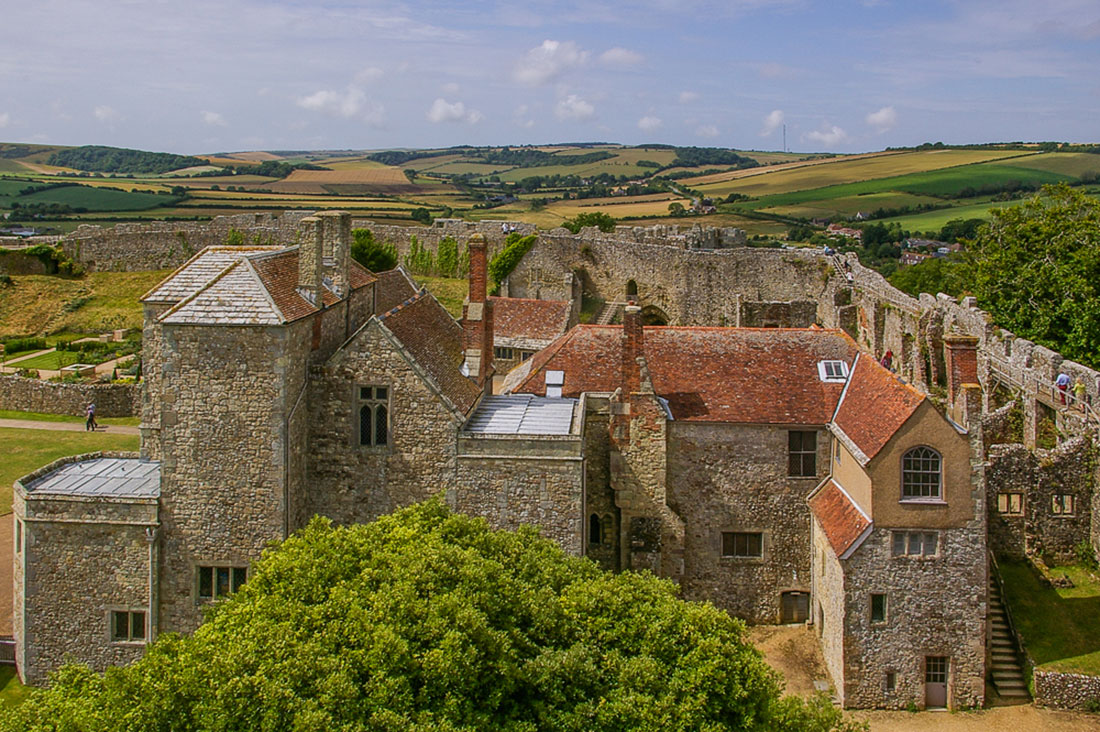
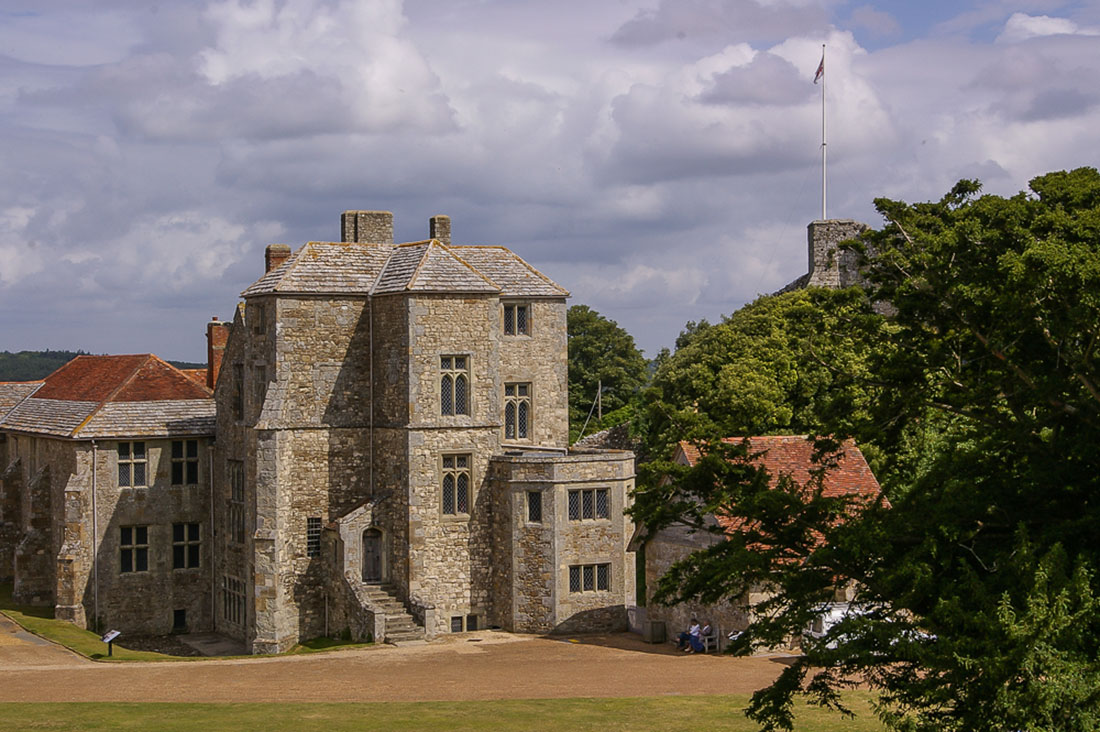
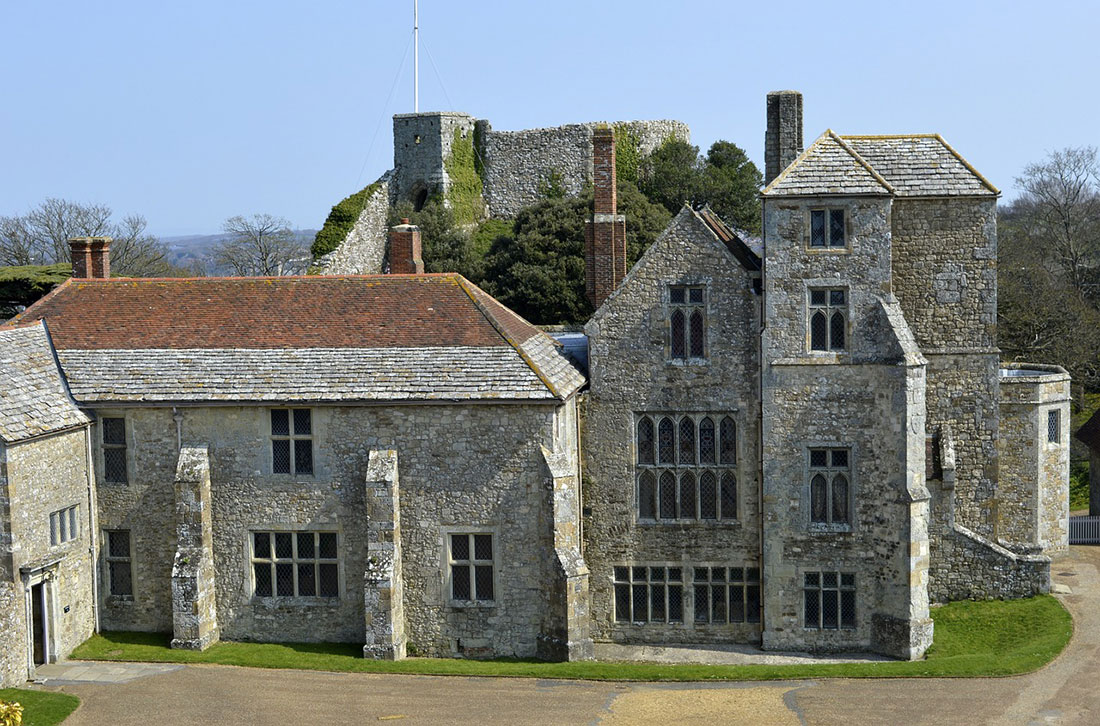
Around the year 1000, a rectangular fortification consisting of an earthwork rampart, later encircled by a stone wall and large wooden structures, was built on the hilltop overlooking the island’s center. It was likely an Anglo-Saxon burh (or fortified settlement) constructed as a refuge from Viking raids.
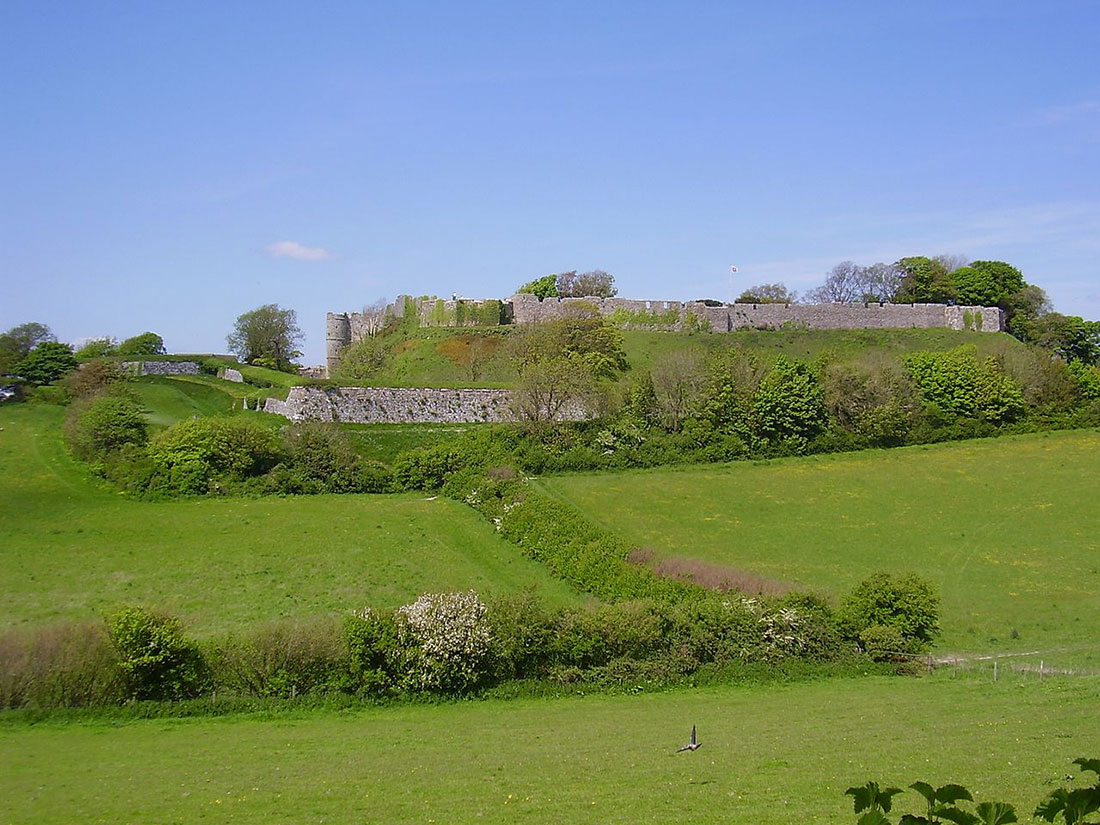
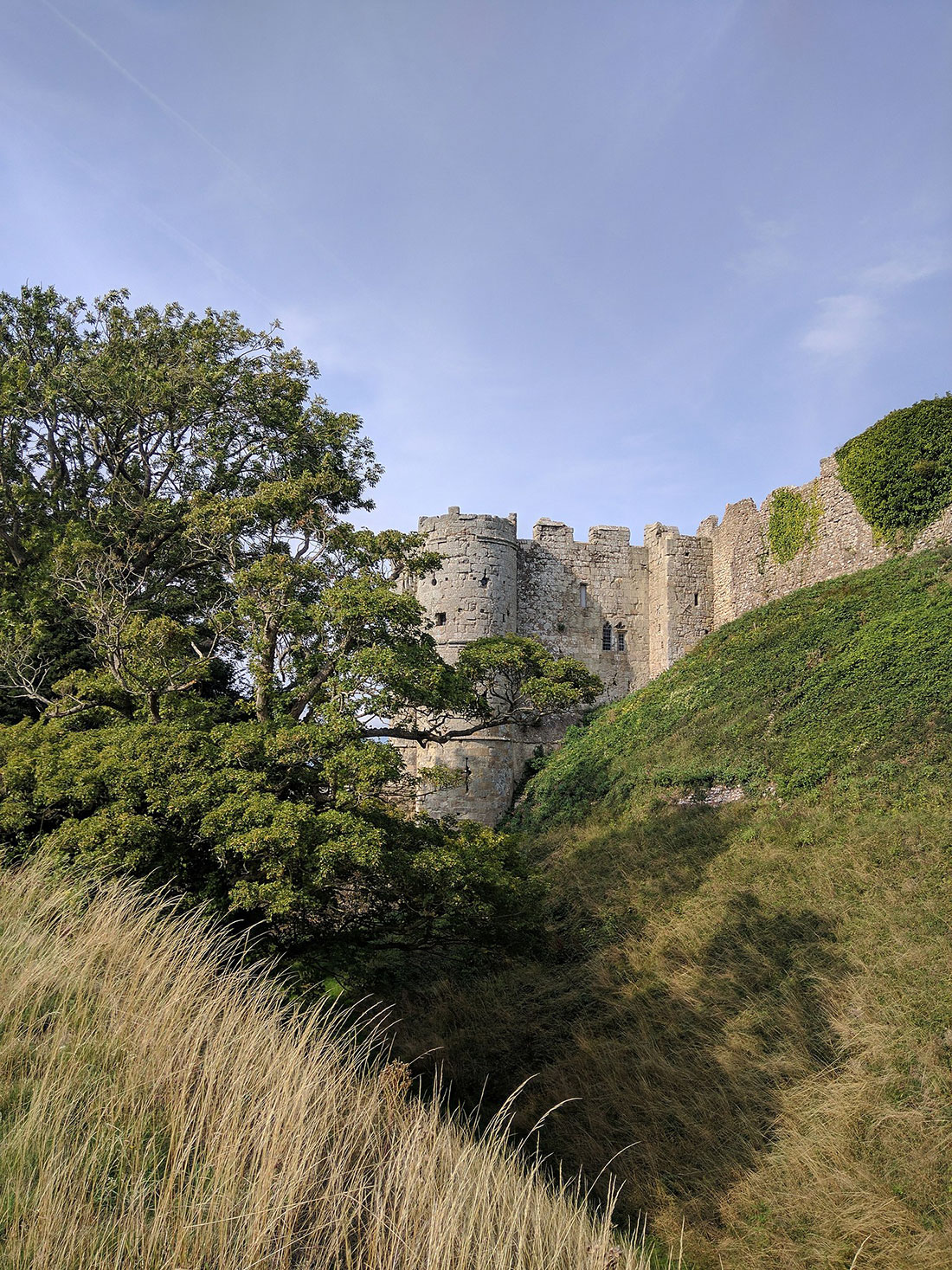
Soon after the Norman conquest, the fortification was transformed into a castle, designed to safeguard the island against Norman invaders. Deep ditches were excavated in one of the corners of the Saxon stronghold.
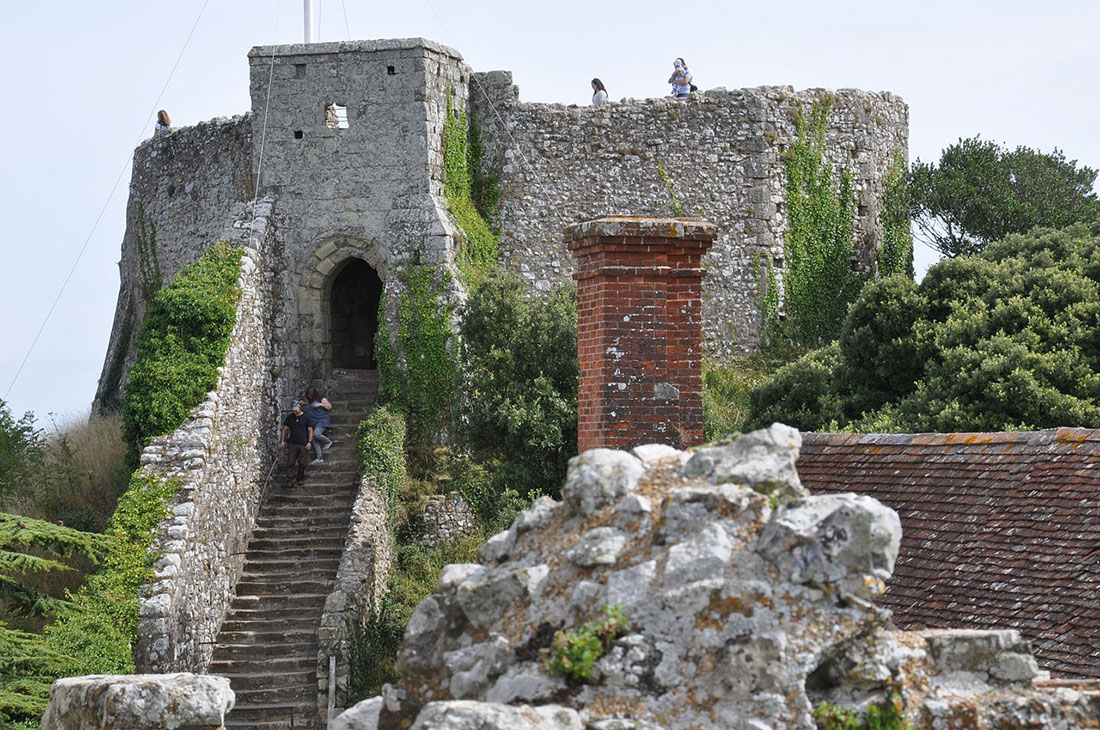
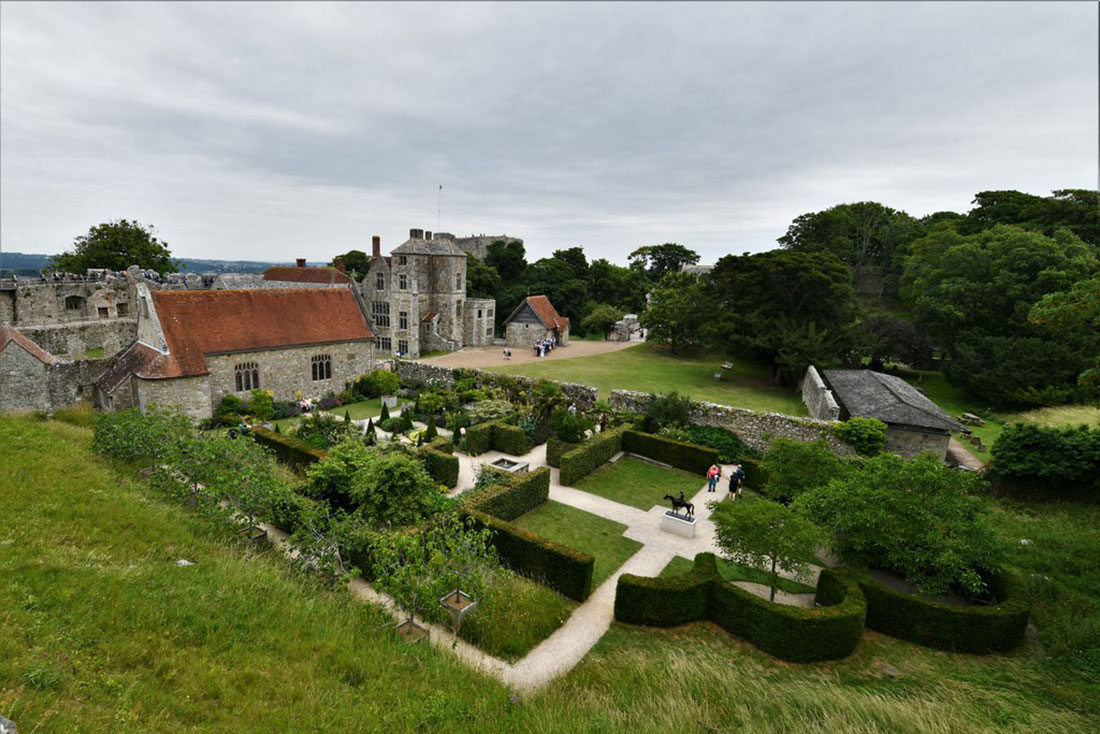
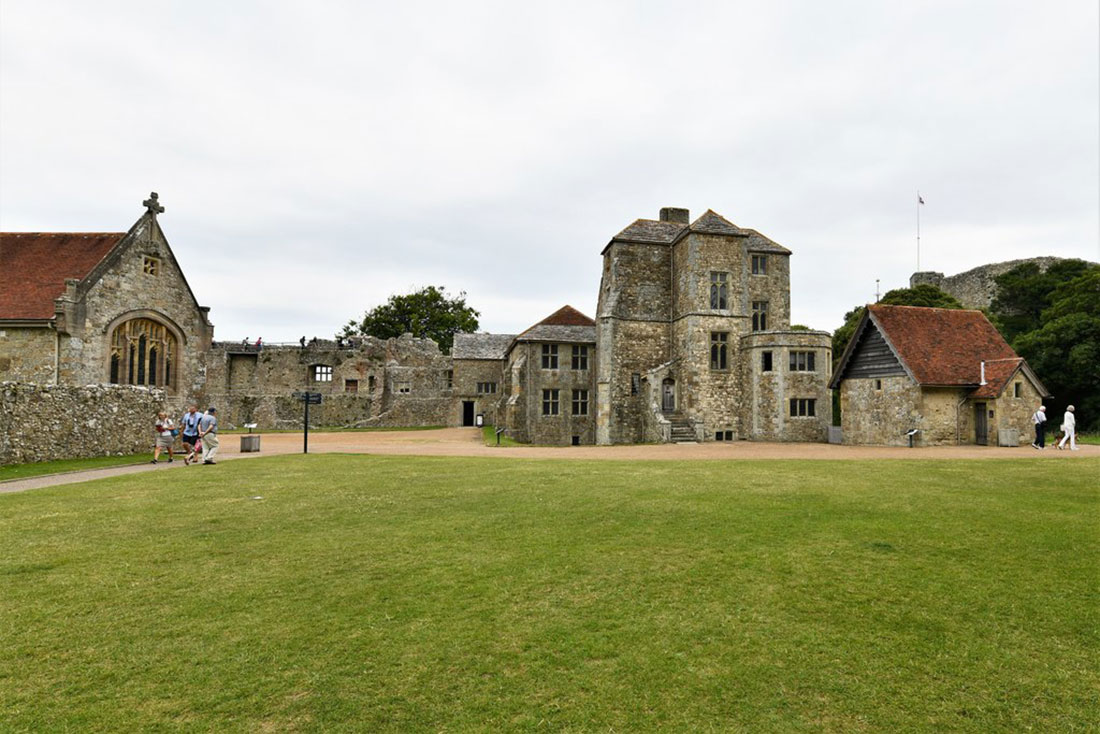
In 1102, the Isle of Wight became part of a powerful estate created by Henry I for Richard de Redvers, one of his key supporters. The island remained in the possession of his family until 1293. It is believed that it was Richard who constructed the current imposing motte-and-bailey castle that still stands atop the hill.
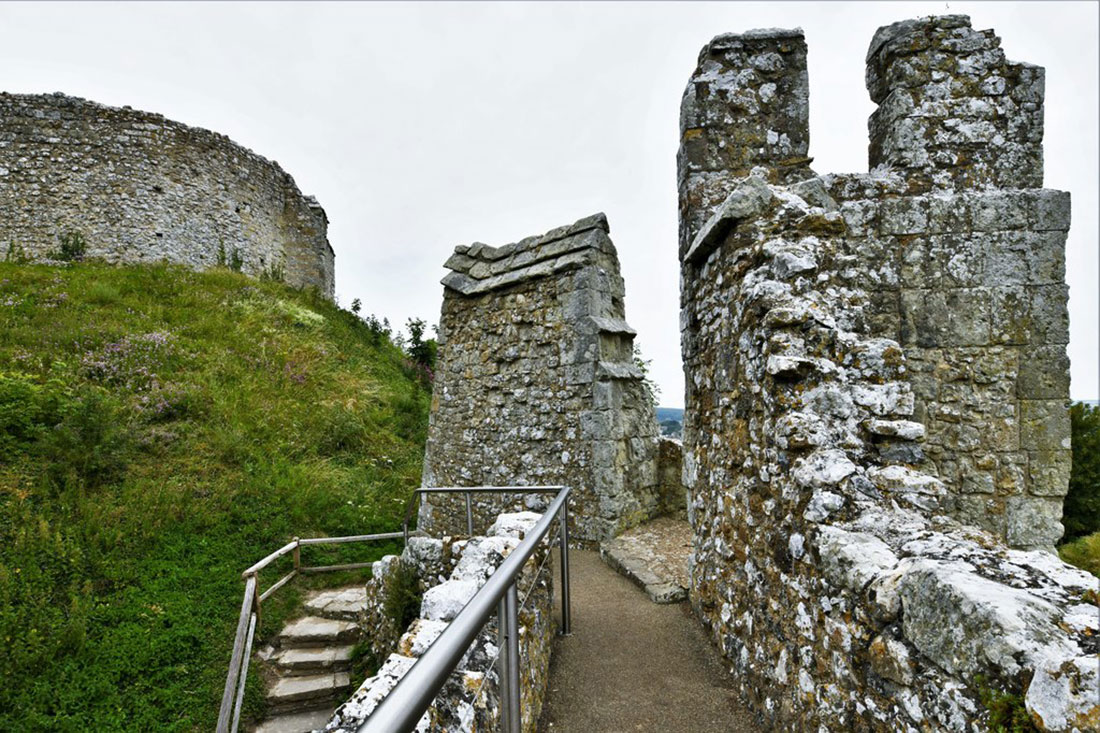
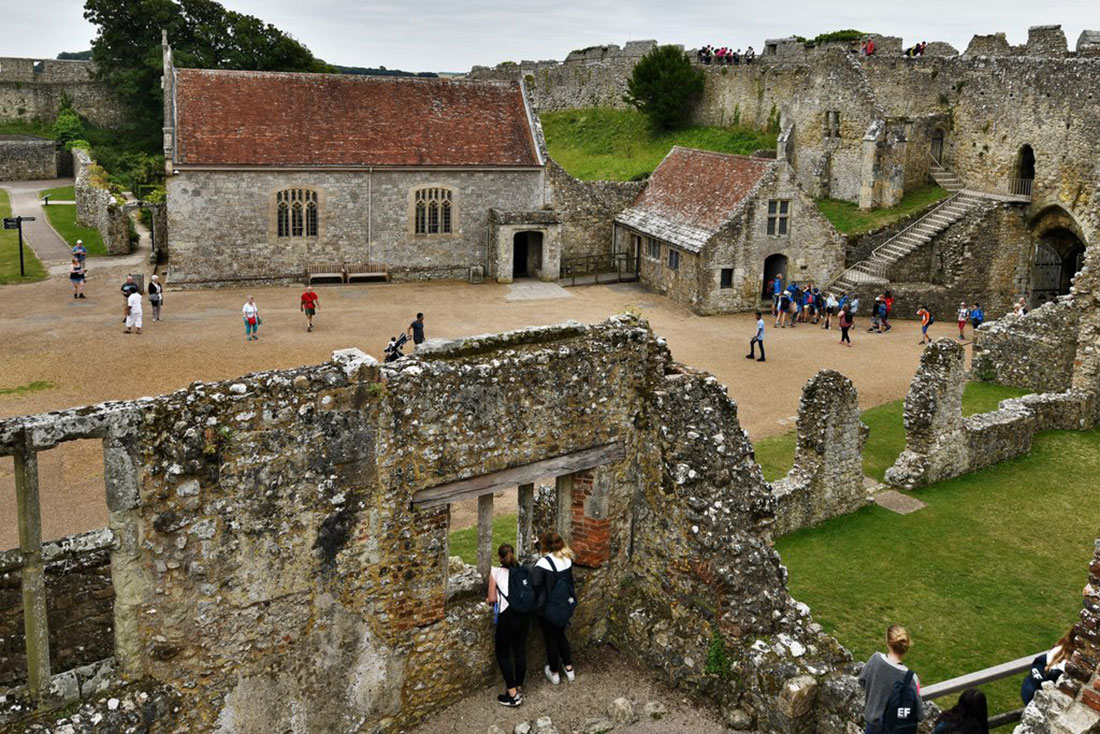
Carisbrooke Castle, proudly perched in the heart of the Isle of Wight, served as an artillery fortress, a royal prison, and a summer royal residence. Today, it is a typical romantic castle with plenty to see and explore
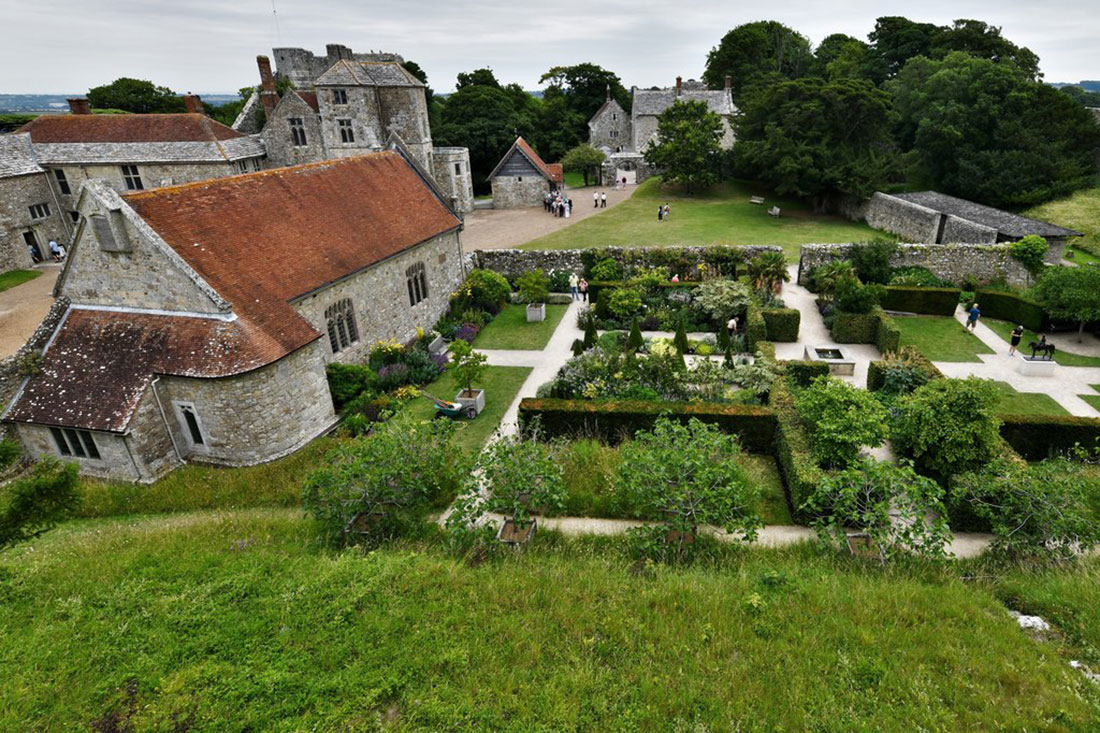
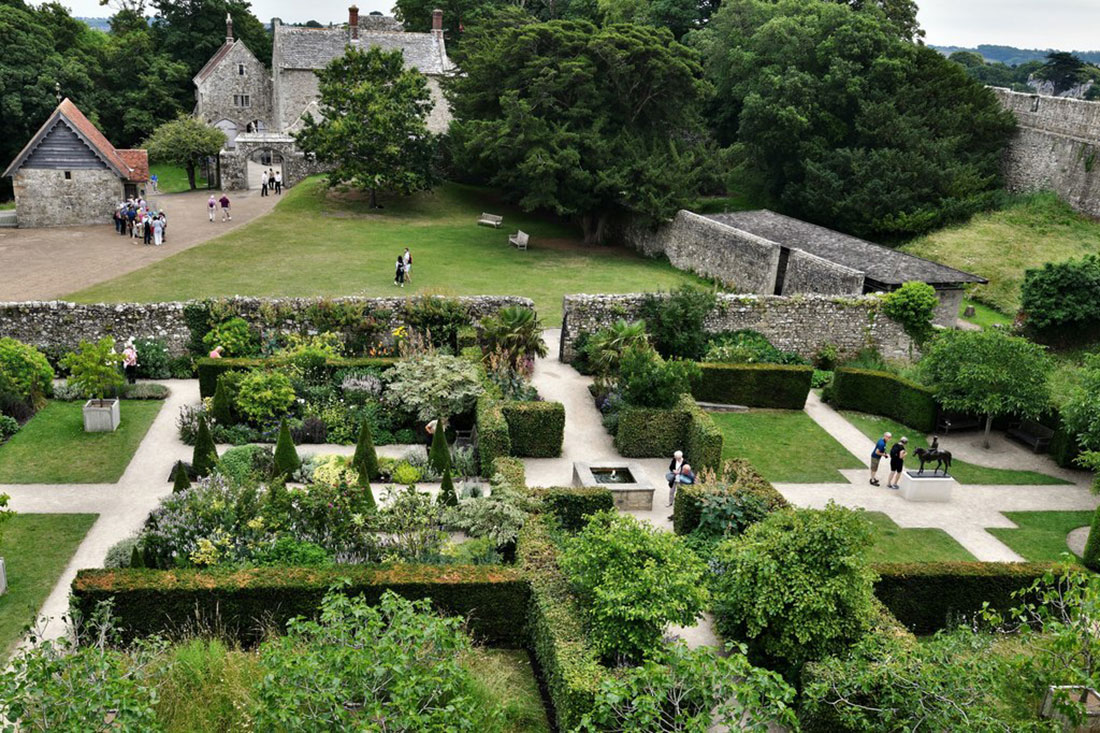
The castle remained in the possession of the de Redvers family until 1293 when the last member of the family, Isabella, improved its defenses and built a magnificent Great Hall with her own chamber at one end and a chapel at the other. Afterward, the outpost was sold to Edward I and has primarily remained in Crown ownership ever since.
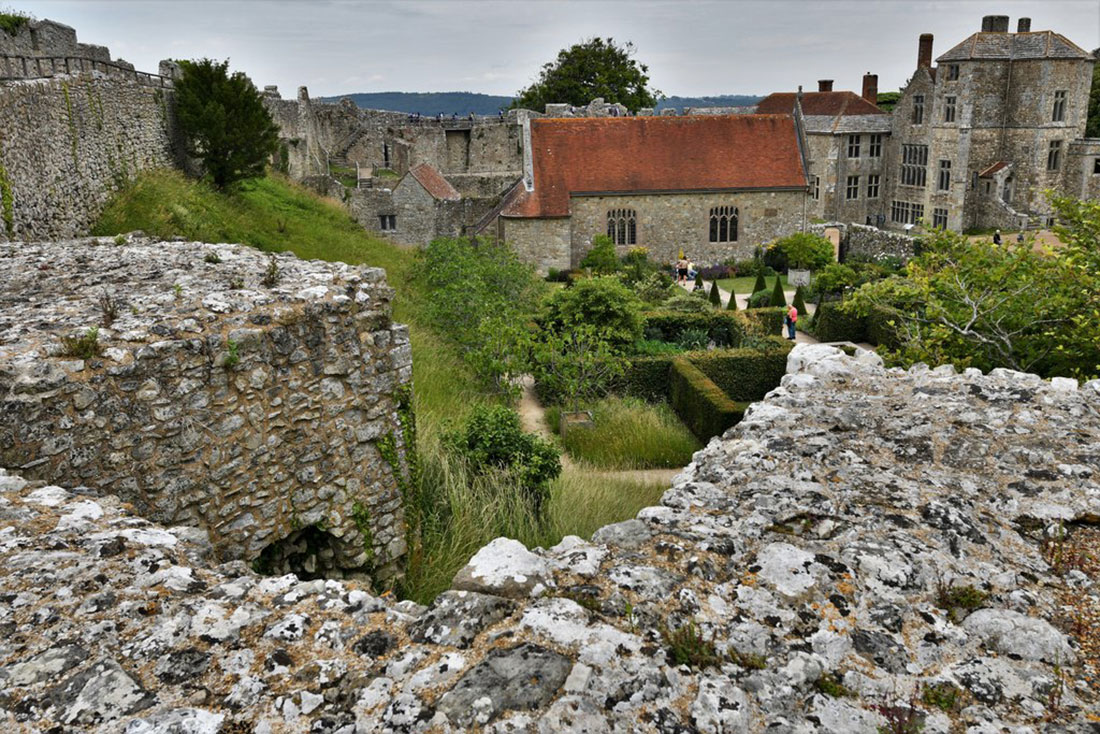
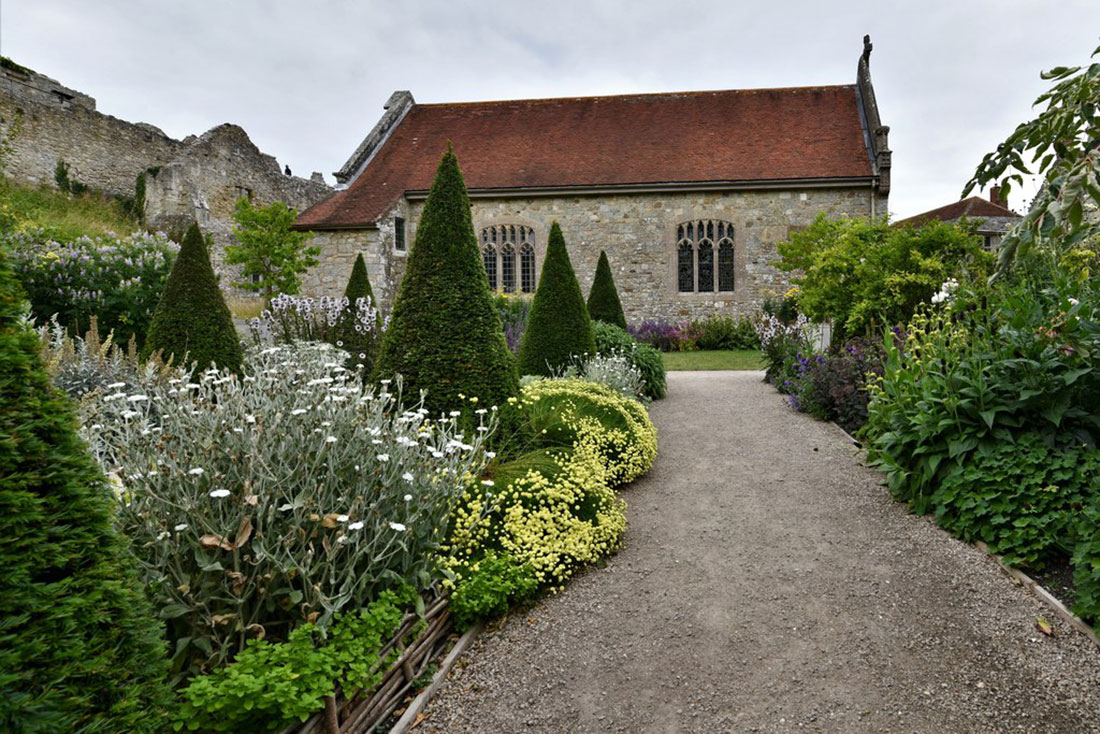
During the reign of Henry VIII, the significance of Carisbrooke Castle diminished as he adopted a policy of coastal defense. However, under Elizabeth I, it regained prominence when she appointed her cousin George Carey as the captain of the island. He repaired the castle, which was transformed into a major artillery fort in 1596-1597 when the threat of the Spanish Armada loomed on the horizon.
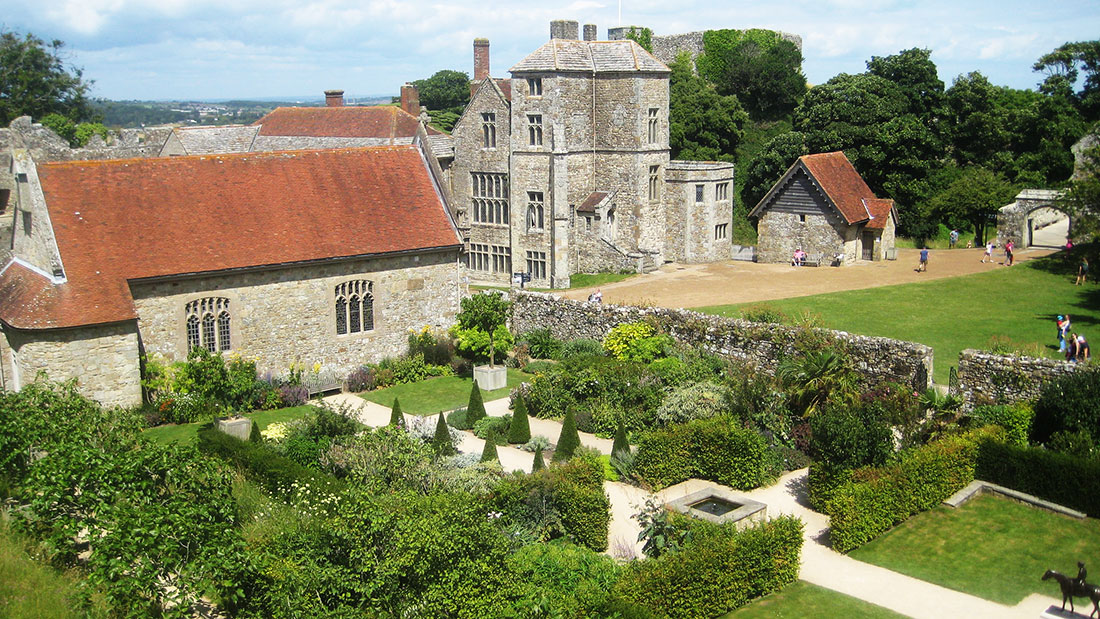
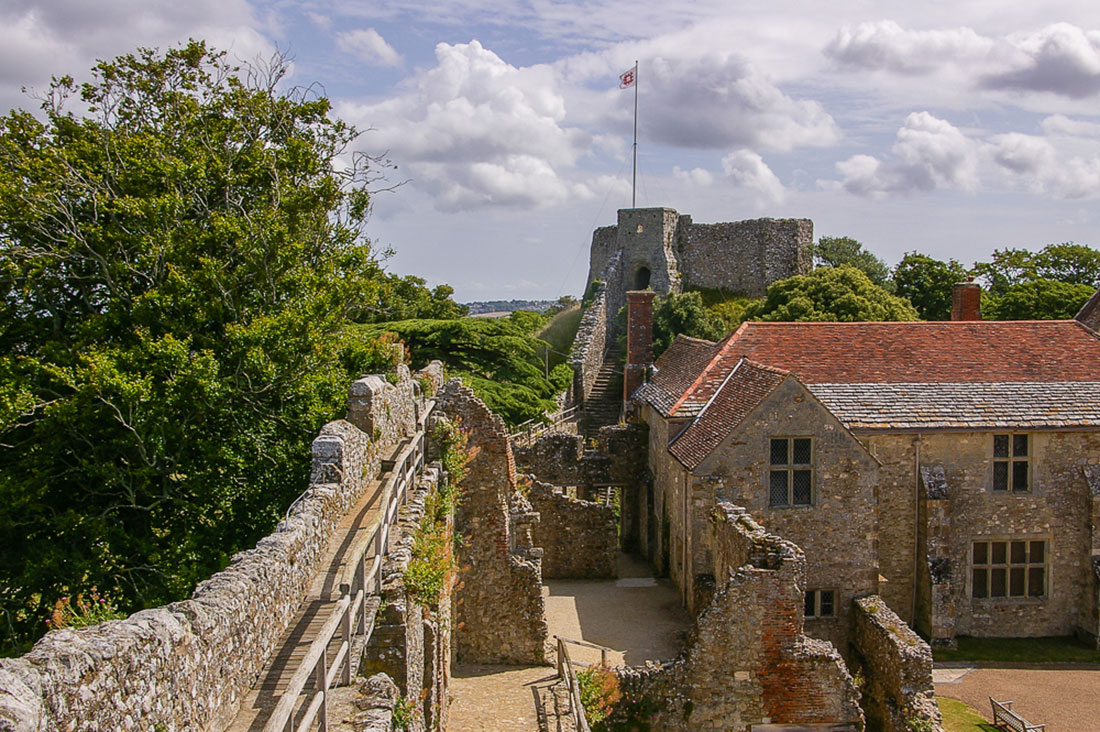
The castle is most famous for its association with Charles I, who was imprisoned there in 1647 after his army suffered defeat from Parliament in the Civil War. The beleaguered king resided in the Constable’s Lodging, a Tudor building adjoining the medieval Great Hall.
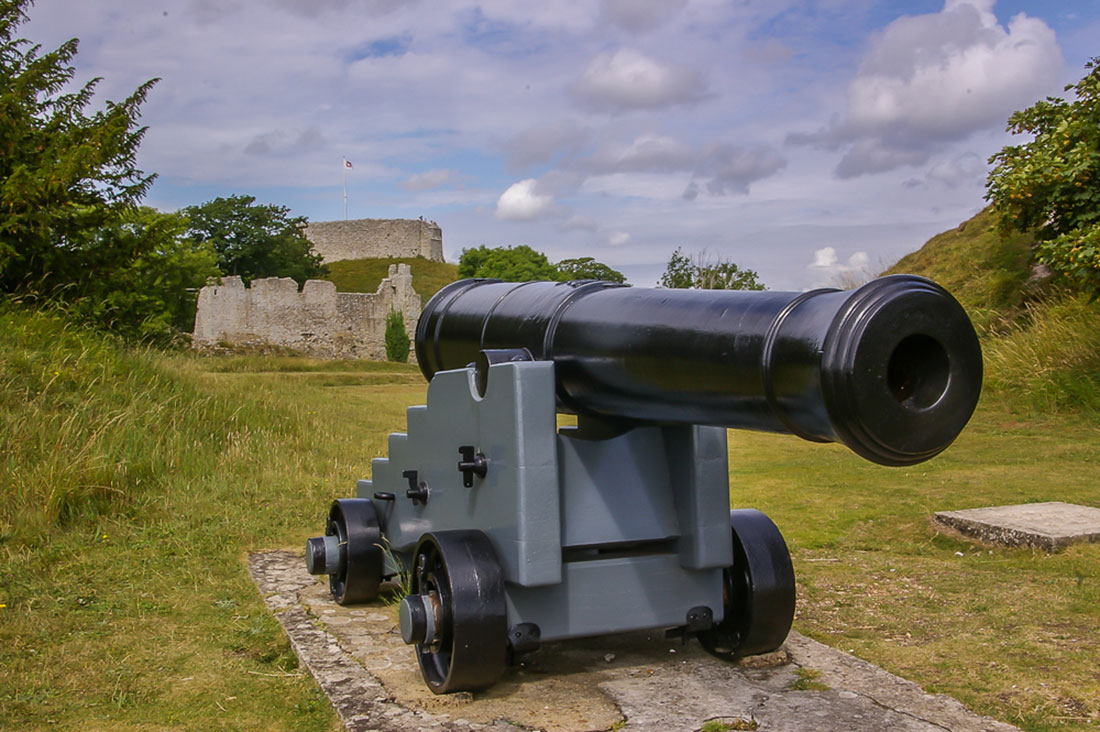
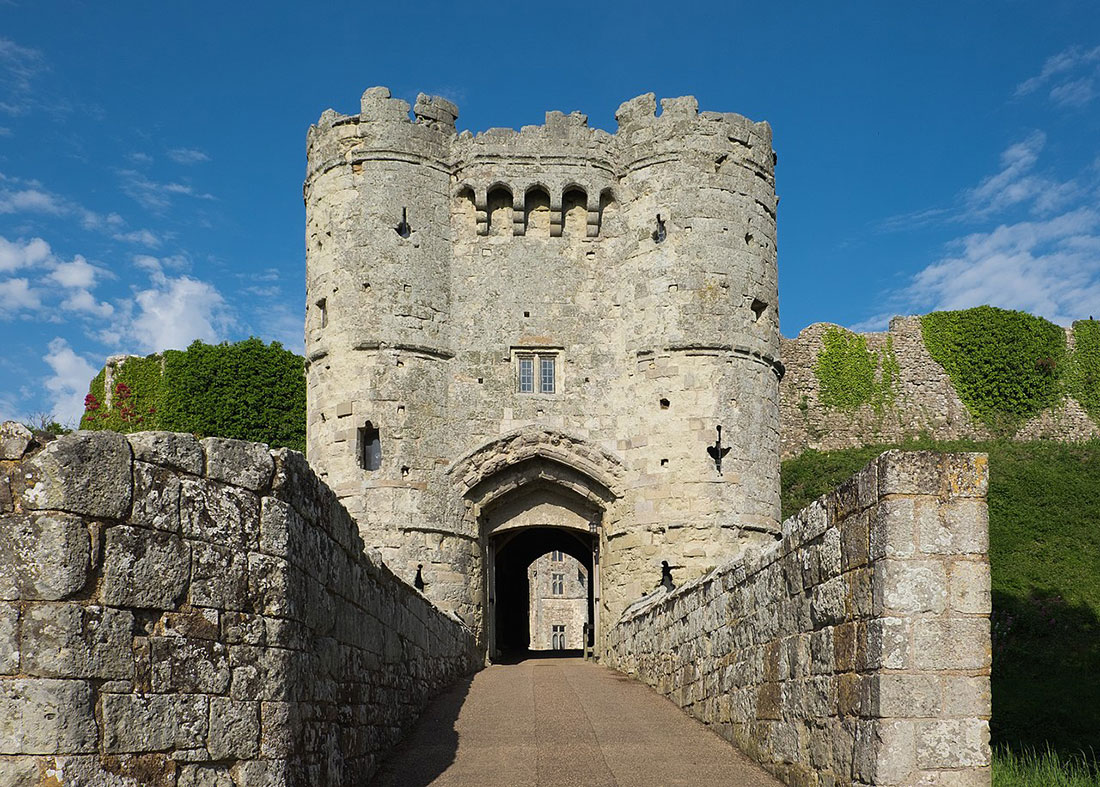
In 1896, Princess Beatrice, the youngest daughter of Queen Victoria, became the governor of the Isle of Wight. After 1914, the princess made the castle her summer residence.

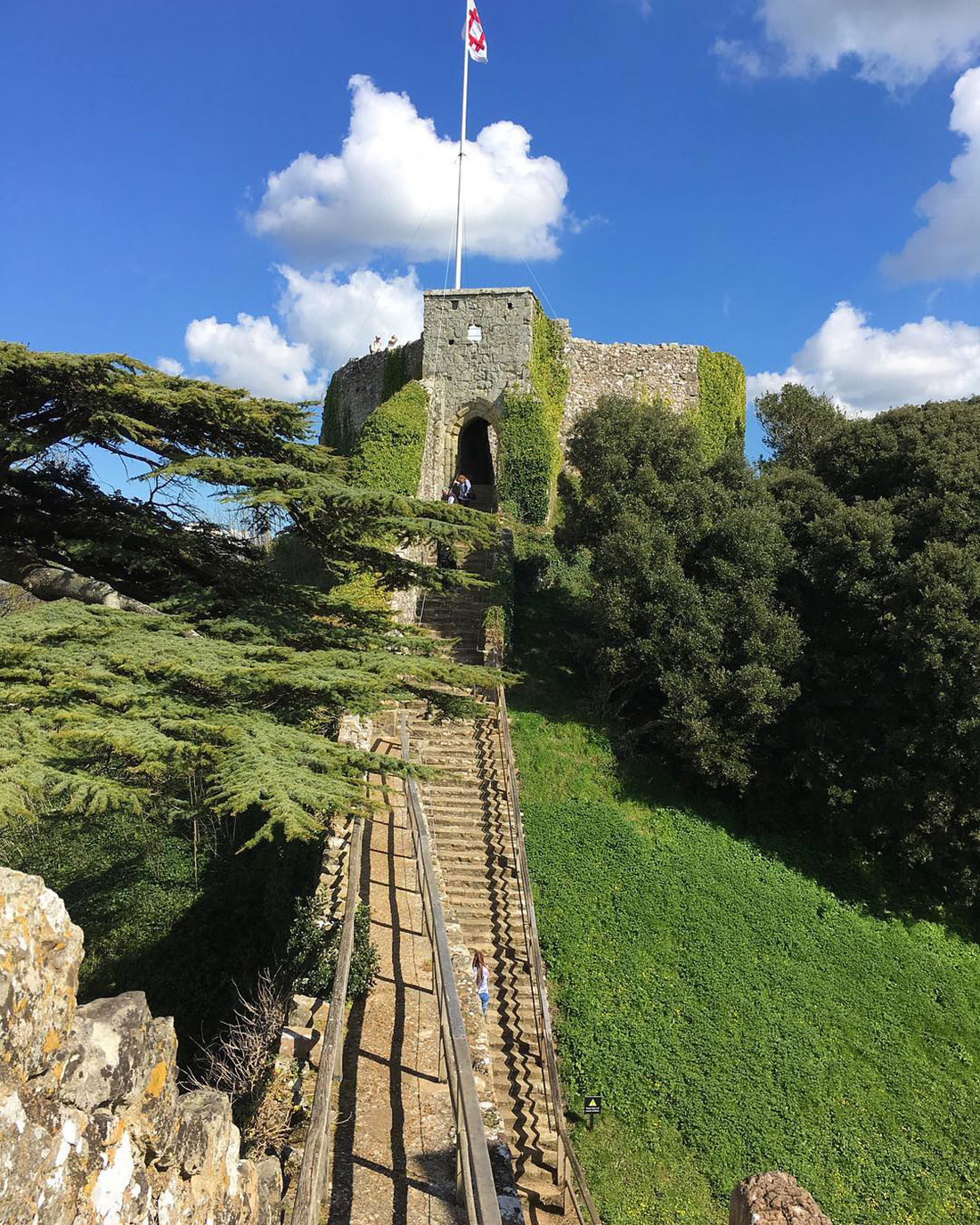
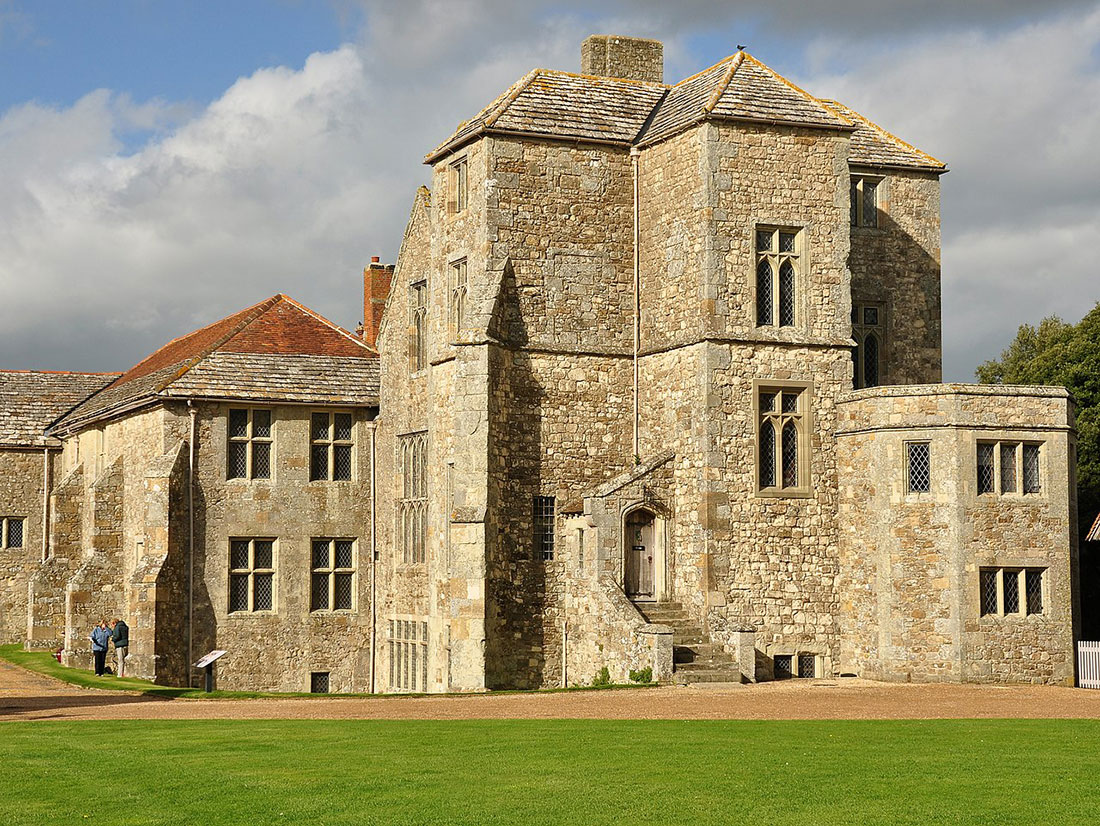
Today, Carisbrooke Castle is managed by English Heritage and is open to visitors eager to explore its fascinating history. Within the well-preserved complex, you can see the Norman fortress and King Charles I’s bowling green, as well as stroll along the walls that offer breathtaking views. And don’t forget to enjoy a leisurely walk through Princess Beatrice’s tranquil garden before encountering the famous Carisbrooke donkeys.






























